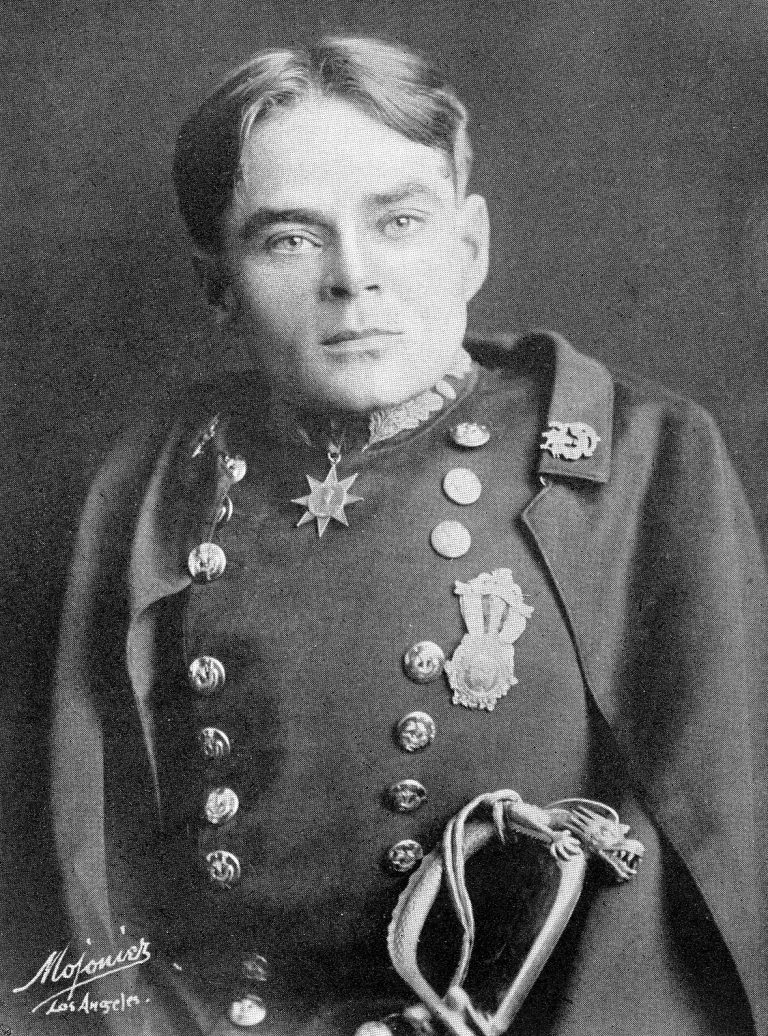Welcome to
The Homer Lea
Research Center
Homer Lea
Nov. 17, 1876 – Nov. 1, 1912
Welcome to the Homer Lea Research Center, where I will be sharing select reference materials I collected in researching the book, Homer Lea: American Soldier of Fortune (part of the Association of the U.S. Army “American Warrior” series). I have been researching Homer Lea off and on since 1979, when, as a graduate student in history at Ohio State University, I first discovered him. I went on to write my Ph.D. dissertation about him at Kansas State University in the mid-1980s, and began expanding upon that research in the late 1990s as the internet opened new vistas for researchers. Although I researched a wide variety of primary sources, only a percentage of this material was included in the book. For example, the website’s photographic section has more than 100 images, most of which could not be included in the book due to space limitations by the publisher. The website also contains a listing of newspapers precluded from inclusion in the book due to space limitations.
– Dr. Lawrence M. Kaplan

No reproduction or distribution of any photography on this website permitted.

